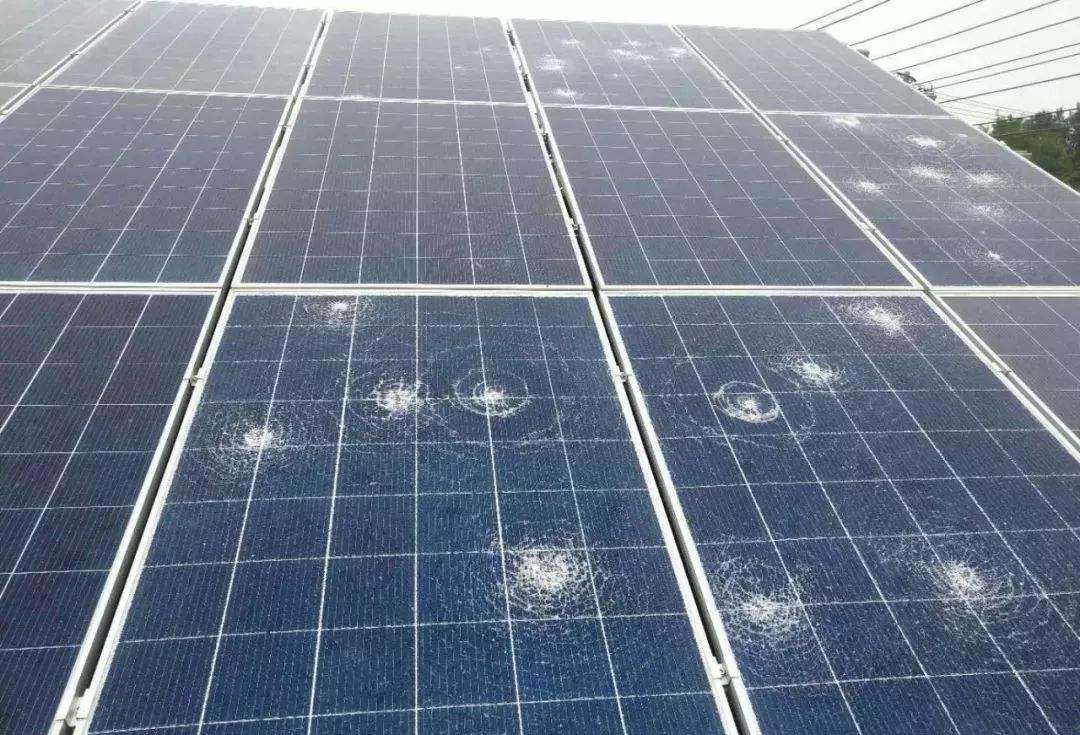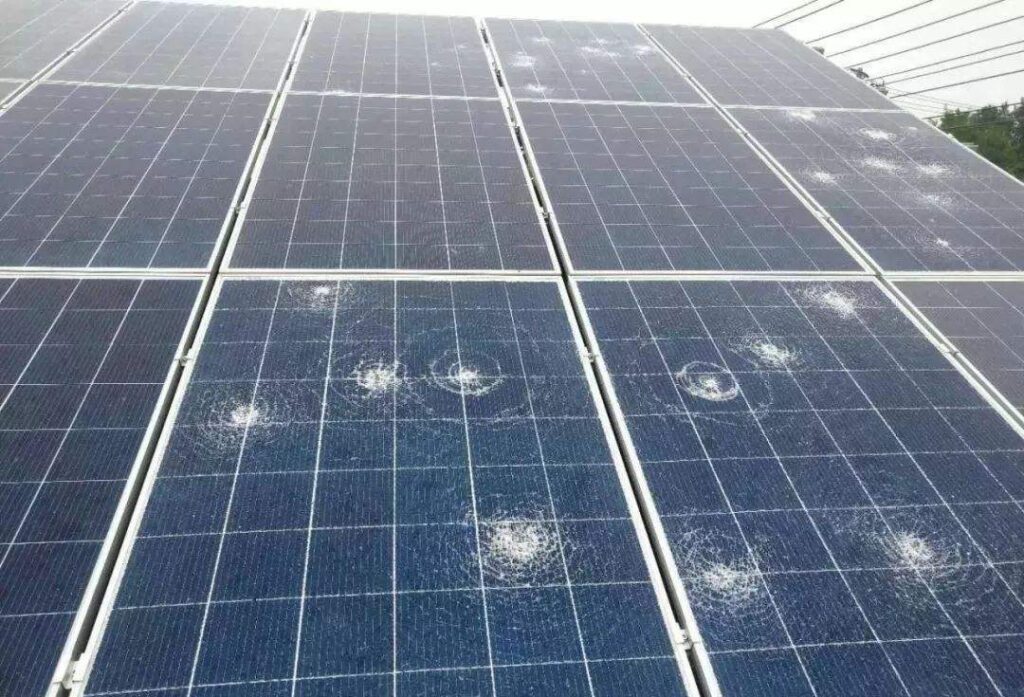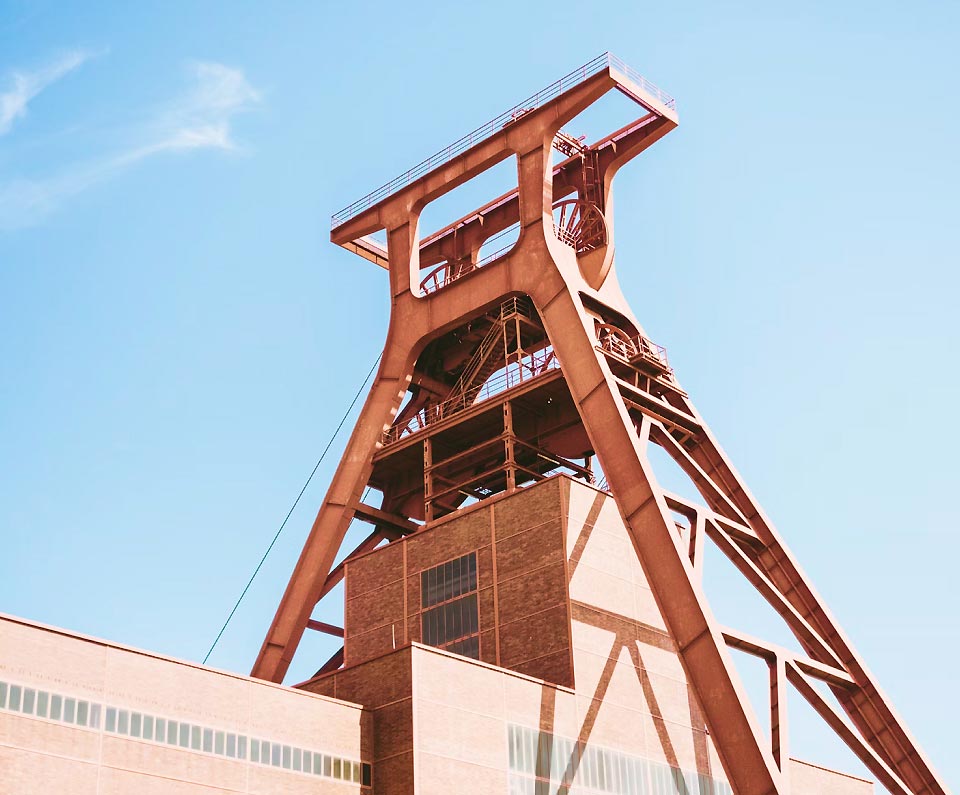

Solar panel systems are a strategic investment in sustainable energy, offering both environmental benefits and lower utility costs. While modern solar panels are engineered to withstand environmental stresses, protecting them from hail damage is crucial for maintaining performance and long-term value.
This guide helps solar system owners understand hail risks and implement proven protective measures for their renewable energy investment.
Essential Protective Measures
Modern solar technology offers significant impact resistance against extreme weather. Today’s panels are highly durable, but additional protection helps ensure optimal system lifespan.
Critical Considerations for Hail Protection
- System Durability: Impact damage can reduce system lifespan.
- Performance Optimization: Structural integrity affects energy generation capacity.
- Financial Implications: Without proper coverage, damage can lead to significant repair costs.
Protecting your solar investment is key to maintaining reliable renewable energy infrastructure.
Regional Risk Assessment Protocol
Hail risk varies by location, with the “Hail Alley” region of Texas, Colorado, and Nebraska being particularly vulnerable. Understanding local weather patterns helps inform risk management decisions.
Risk Assessment Methodology:
- Historical Pattern Analysis:
Review historical hail activity using weather databases.
- Certification Verification:
Validate compliance with UL 61730 standards, confirming resistance to 25mm hail impacts at velocities of 23 meters per second.
- Warranty Evaluation:
Review warranty coverage for hail damage.
Being proactive about risk assessment helps prepare for severe weather.
Solar Panel Selection Criteria
Solar panels vary in their ability to resist impacts. The key factors are material quality and certification standards.
Essential Specifications:
- Tempered Glass Construction:
Premium tempered glass offers superior impact resistance.
- Industry Certifications:
Verify UL 61730 or IEC 61730 impact resistance certification compliance.
- Manufacturing Standards:
Choose manufacturers with strict quality control.
Consider local hail patterns when selecting protective measures, especially in areas where hail exceeds 25mm.
Installation Specifications
Proper installation is crucial for hail resistance. The right mounting methods enhance protection.
Installation Requirements:
- Angular Optimization:
Set optimal panel angles to reduce direct hail impact.
- Mounting Infrastructure:
Use professional-grade mounts designed for severe weather.
- Professional Implementation:
Work with certified installers to meet structural requirements.
Regular structural assessment helps ensure protection during storms.
Impact Analysis Protocol
Hail damage varies based on storm characteristics. Understanding different types of damage helps with monitoring and maintenance.
Damage Classification:
- Surface Impact:
Check for visual damage and performance effects.
- Structural Compromise:
Check panel frame integrity and power output.
- Component Degradation:
Test solar cell function through thorough diagnostics.
Inspect systems carefully after hail events to catch potential problems.
Weather Event Preparation
Good preparation is the best defense against hail damage. Preventive measures reduce weather exposure.
Protective Measures:
- Protective Infrastructure:
Install protective screens or covers.
- Surface Treatment:
Apply impact-resistant coatings.
- Maintenance Protocol:
Check system integrity regularly.
Good preparation helps maintain performance during bad weather.
Insurance Considerations
Proper insurance protects your investment from hail damage. Understanding coverage options is essential for risk management.
Coverage Analysis:
- Property Insurance Integration:
Review solar system coverage in your policy.
- Manufacturer Warranties:
Check warranty coverage for weather damage.
- Supplemental Protection:
Consider extra coverage for high-risk areas.
Financial protection works alongside physical safeguards.
Maintenance Requirements
Regular maintenance keeps systems working despite weather exposure.
Maintenance Protocol:
- Visual Assessment:
Inspect systems after weather events.
- Technical Evaluation:
Schedule professional performance checks.
- Remediation Implementation:
Fix issues quickly to maintain performance.
Regular maintenance ensures optimal long-term performance.
Implementation of Protective Measures
Solar systems are valuable investments that need proper protection. Smart protective strategies ensure optimal performance.
Success comes from making informed decisions. Consult professionals about impact-resistant systems and mounting options. Current system owners should maintain their equipment and implement protective measures.
With proper protection, your solar system can perform reliably in all weather conditions.

